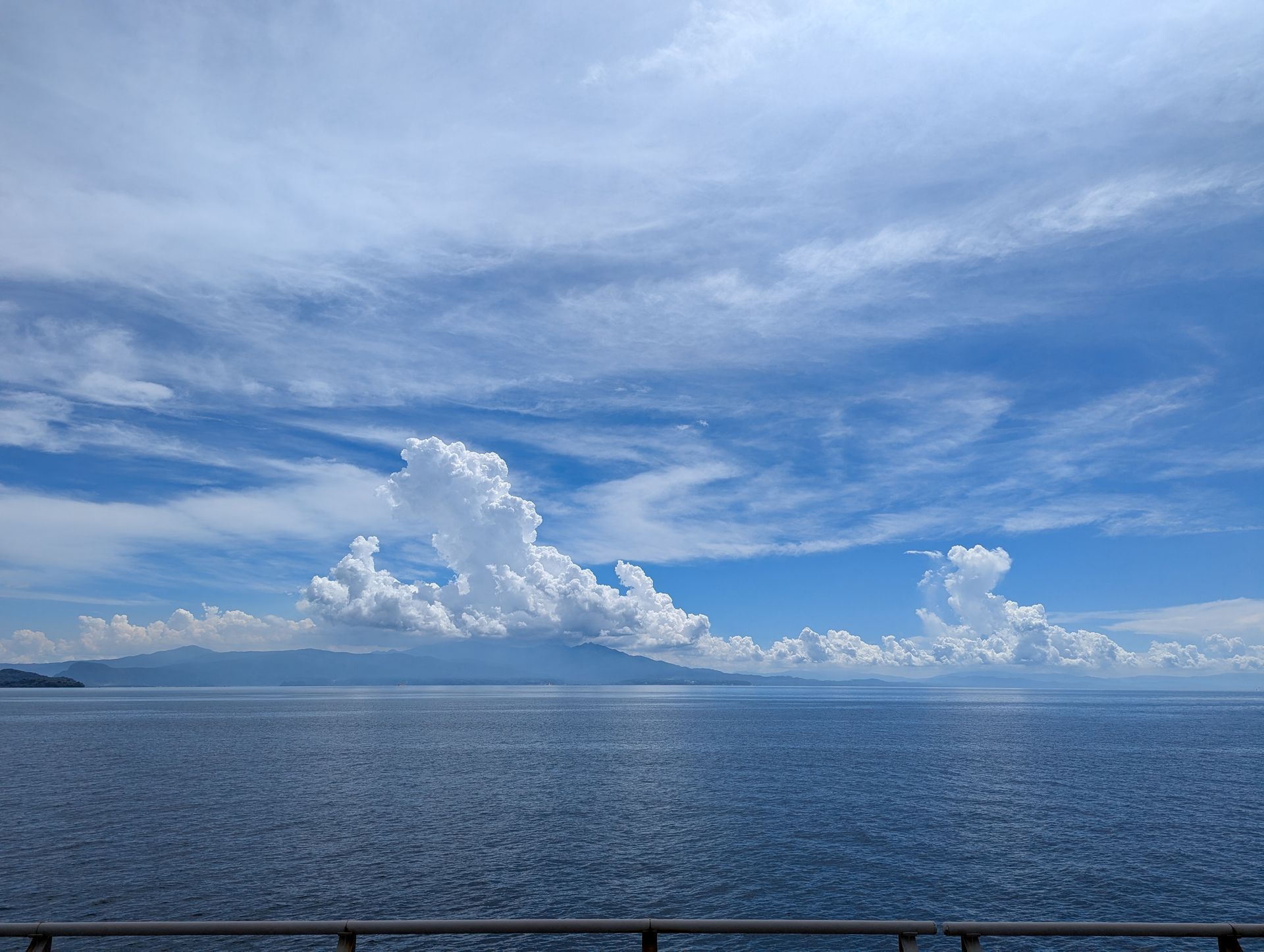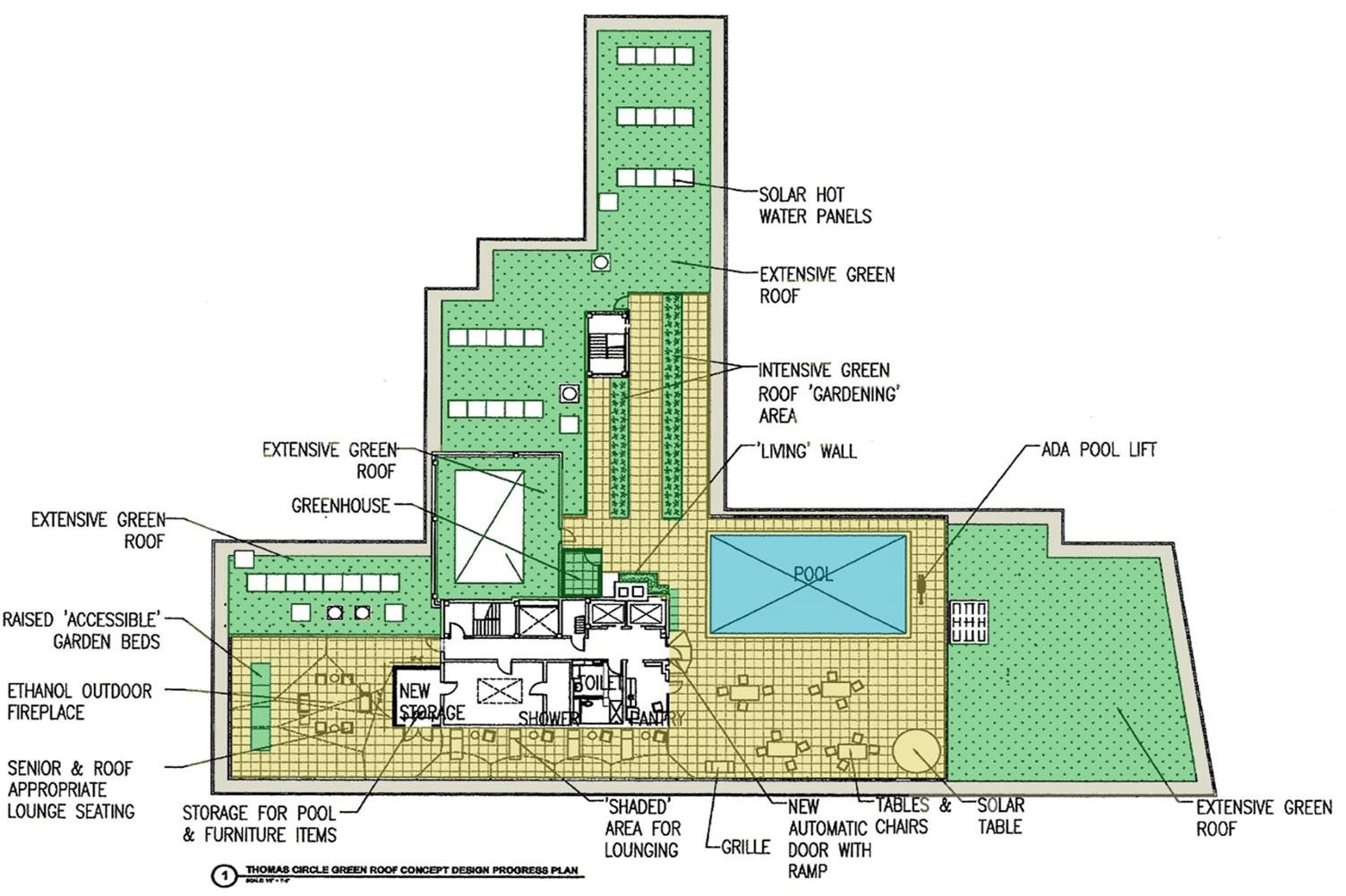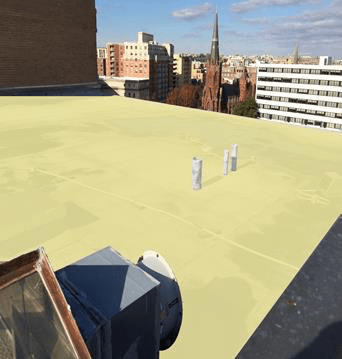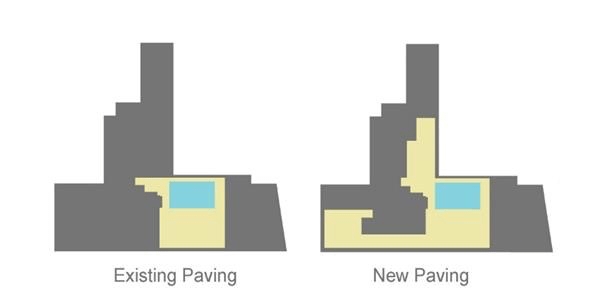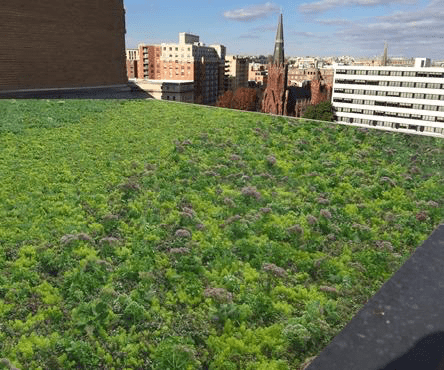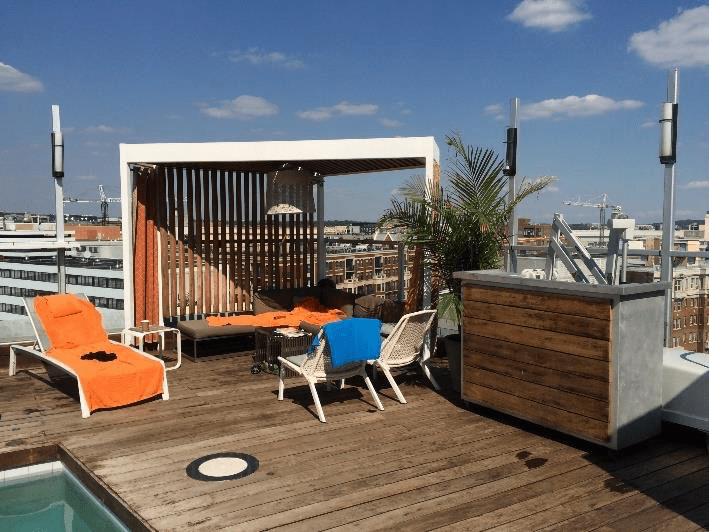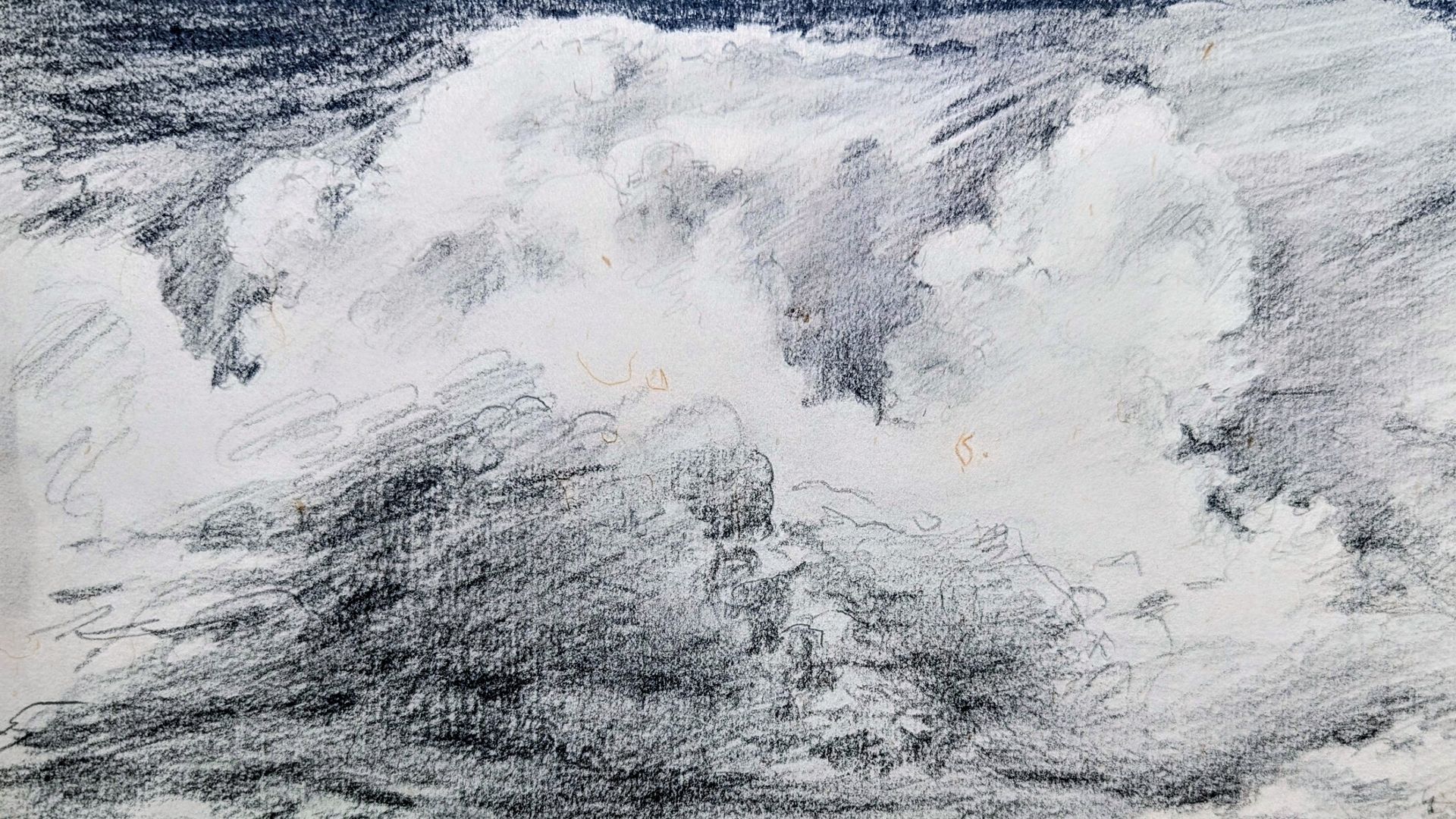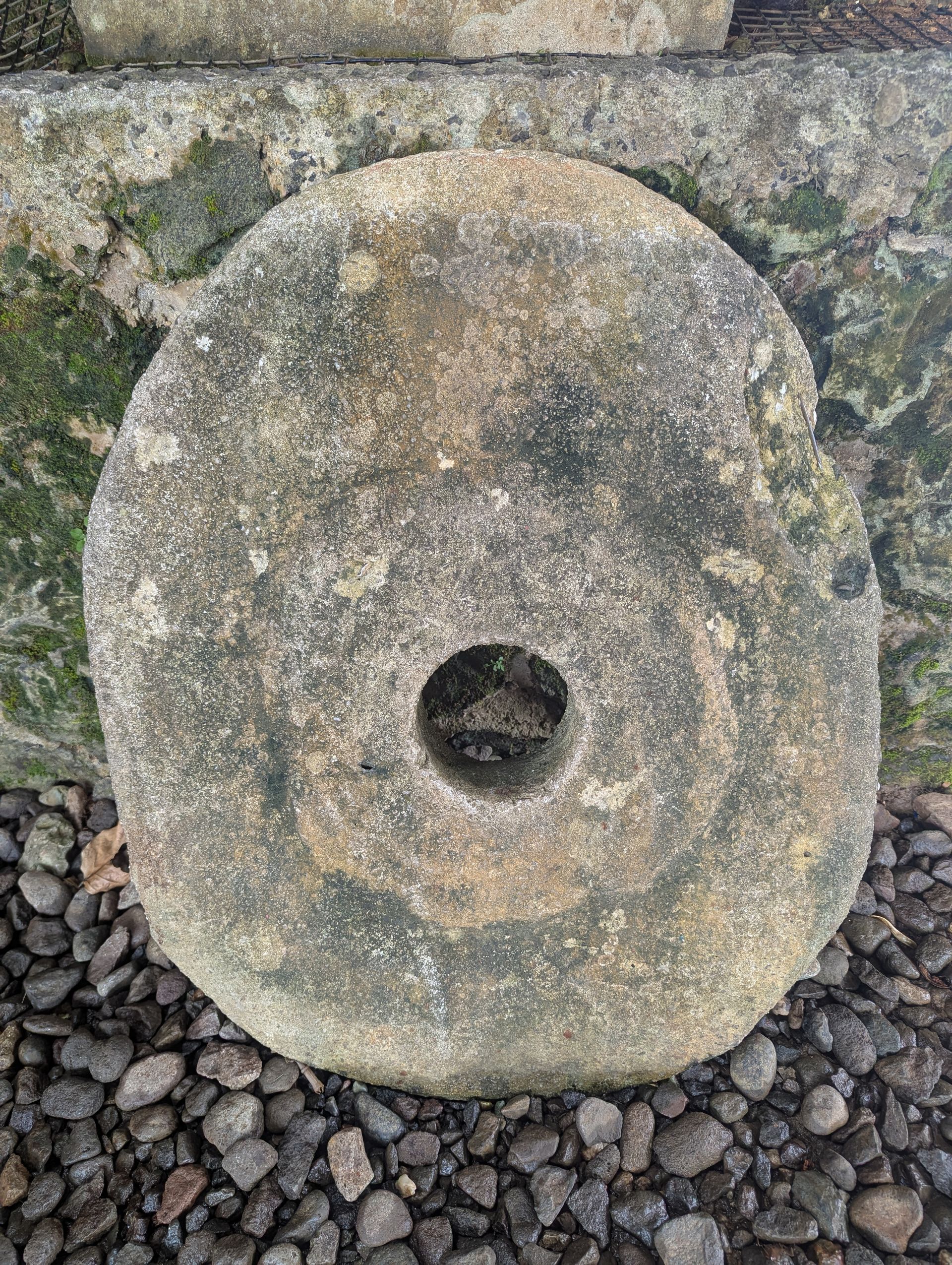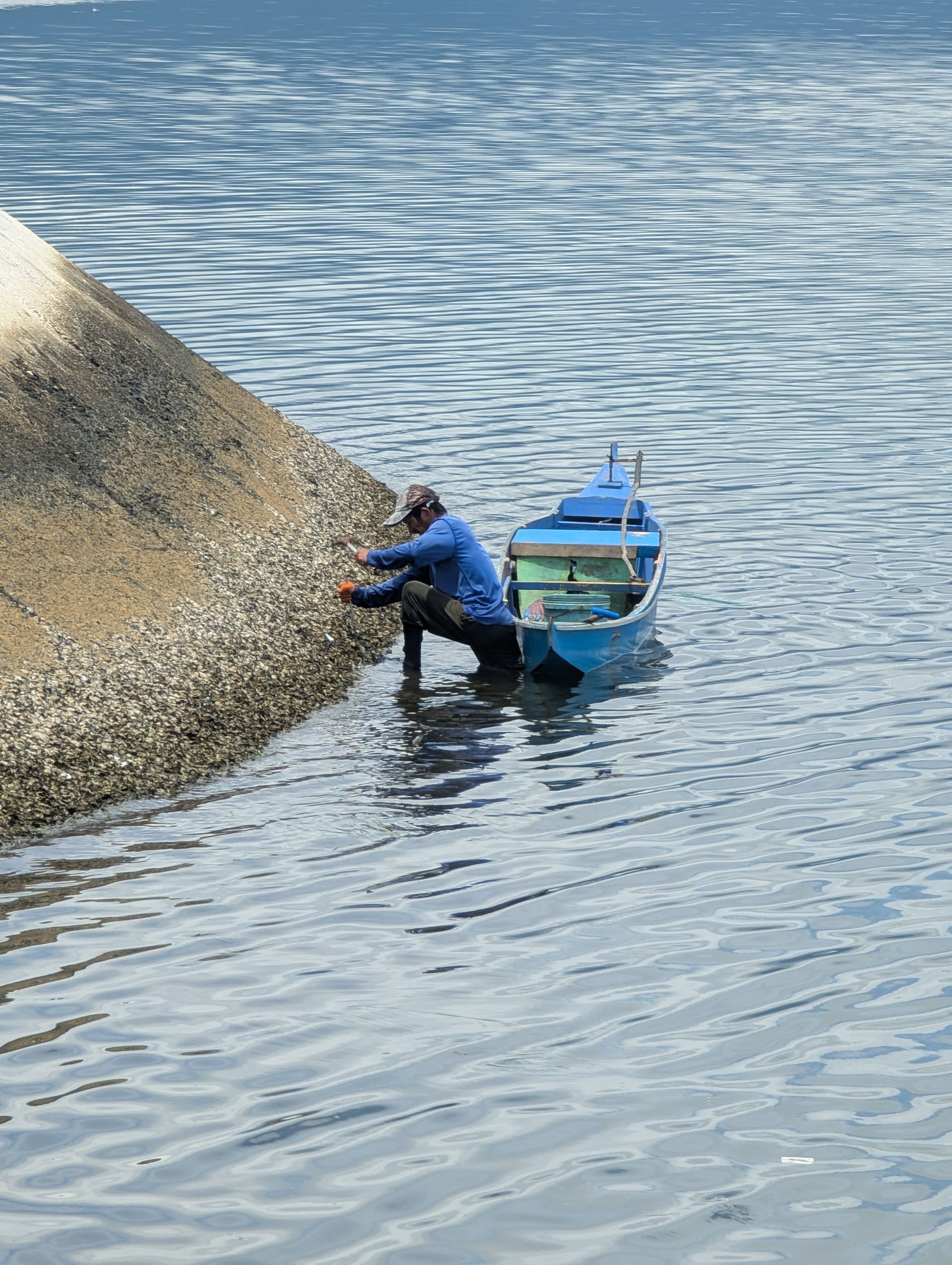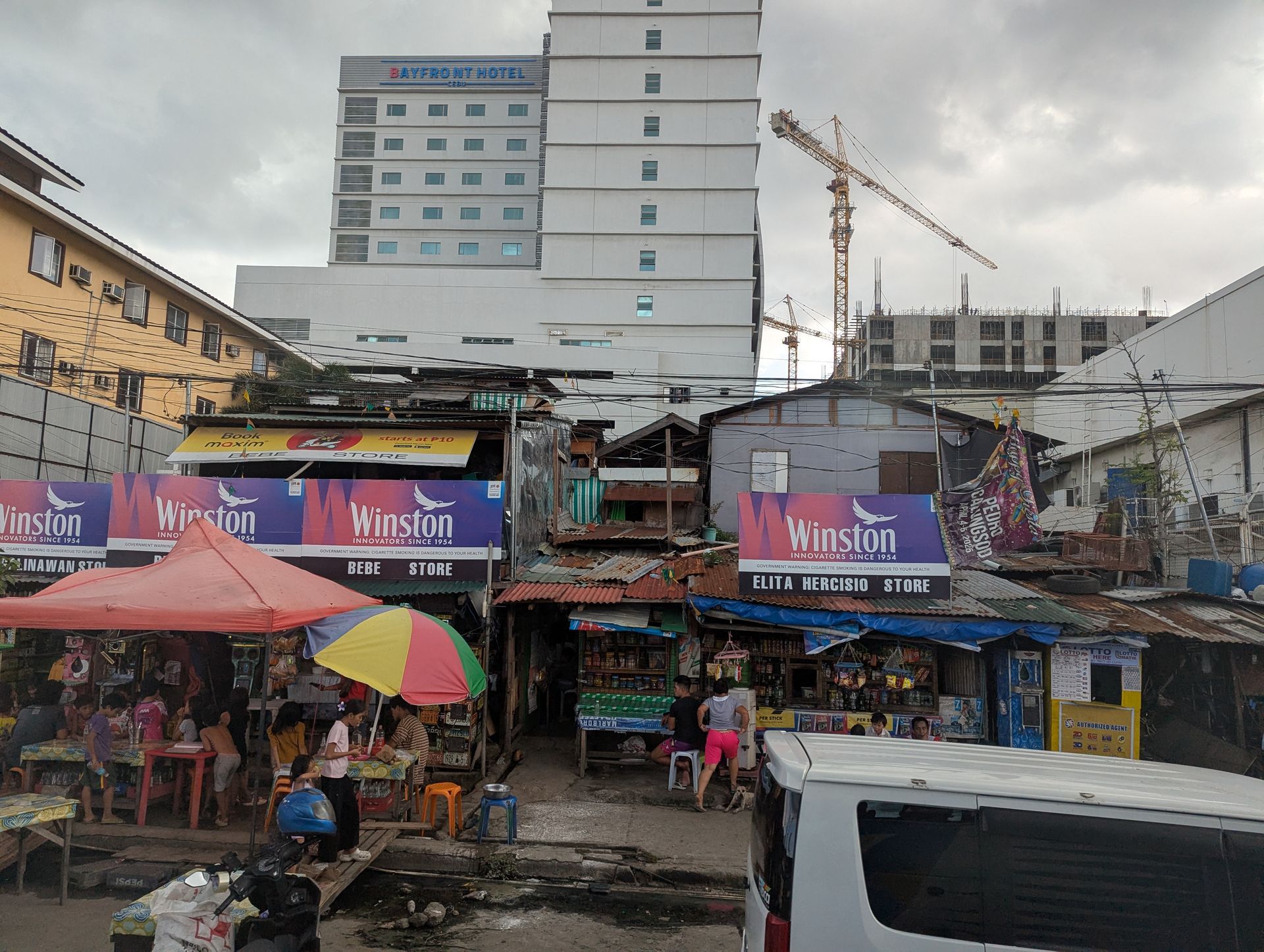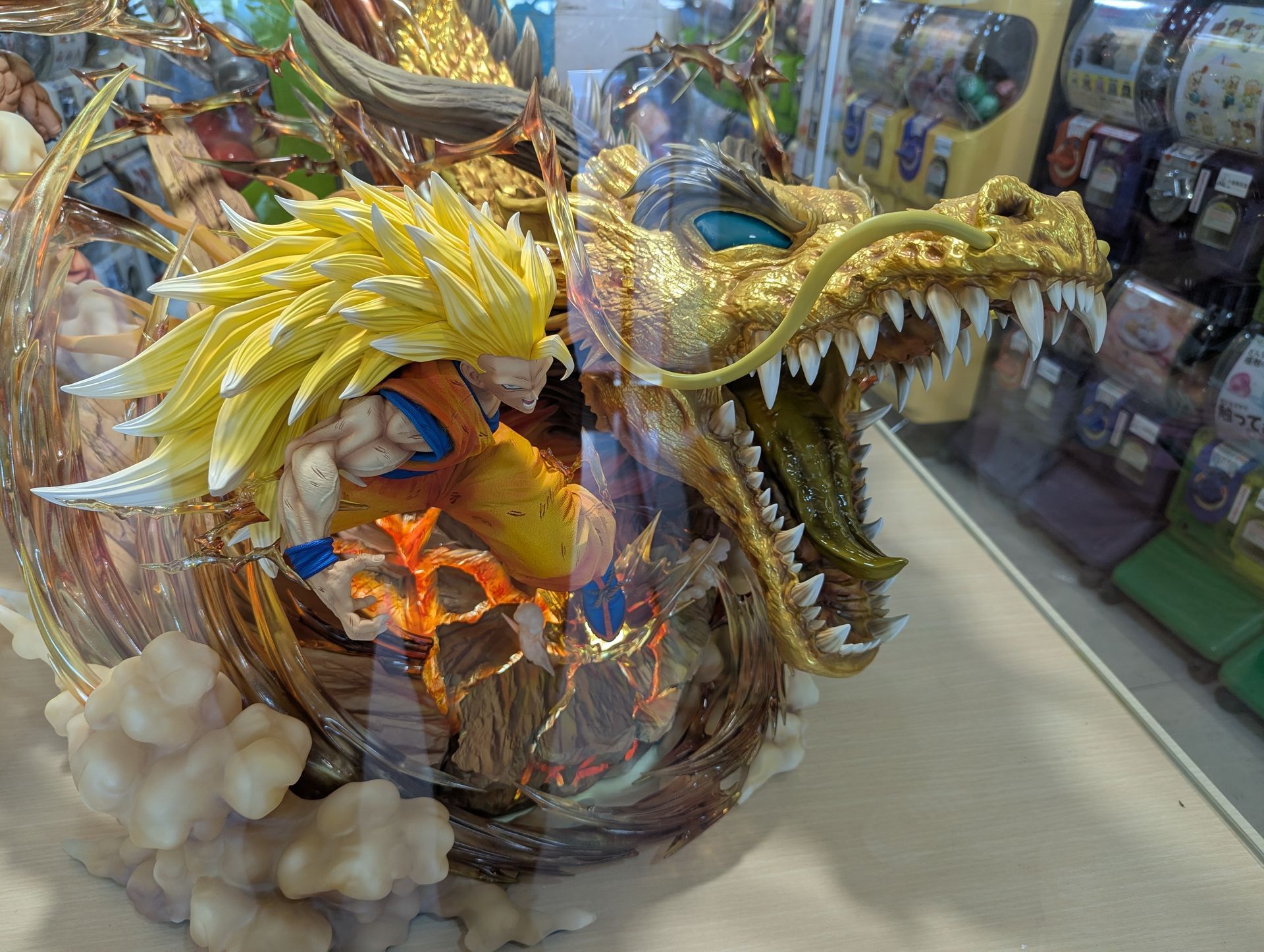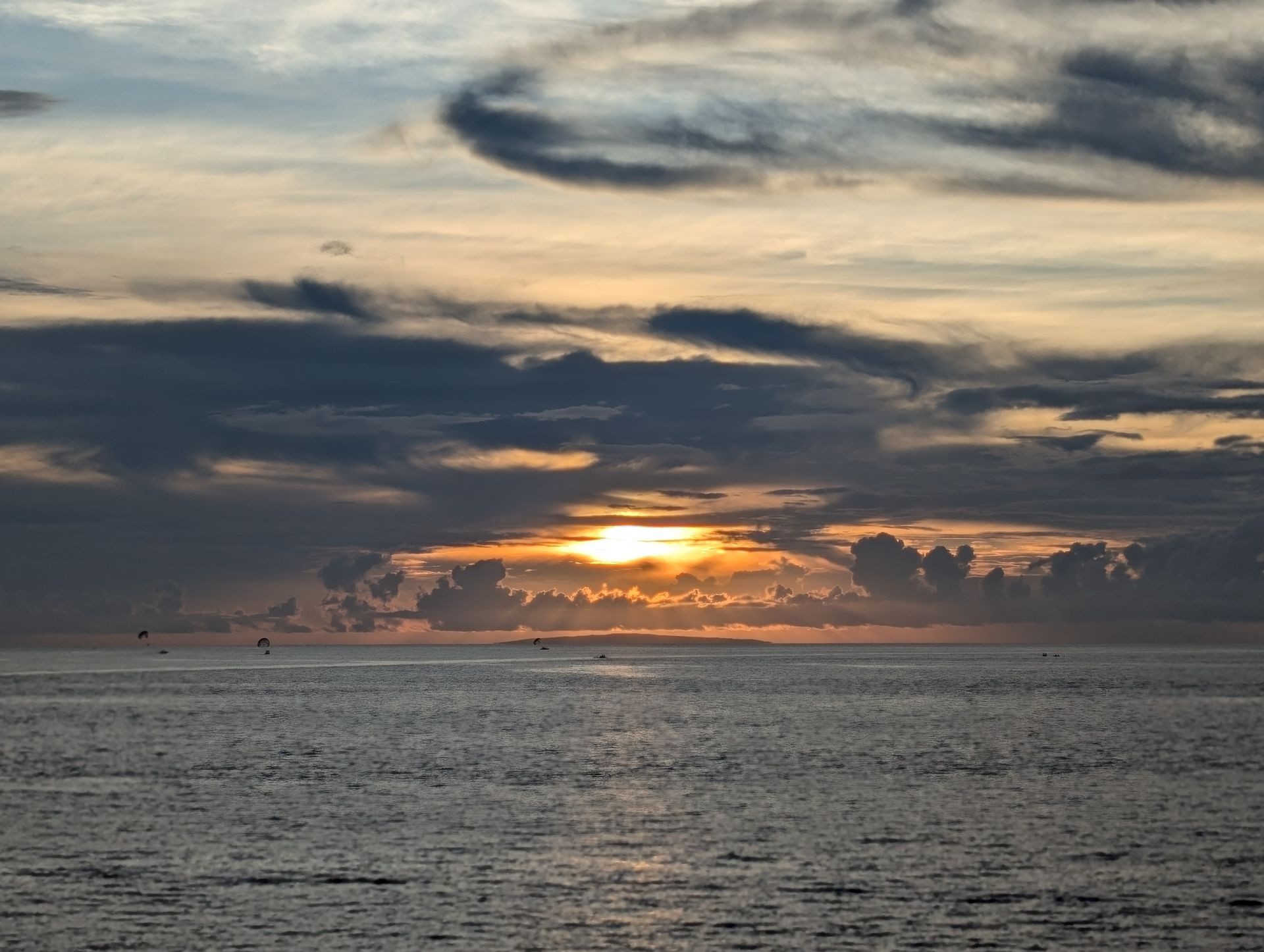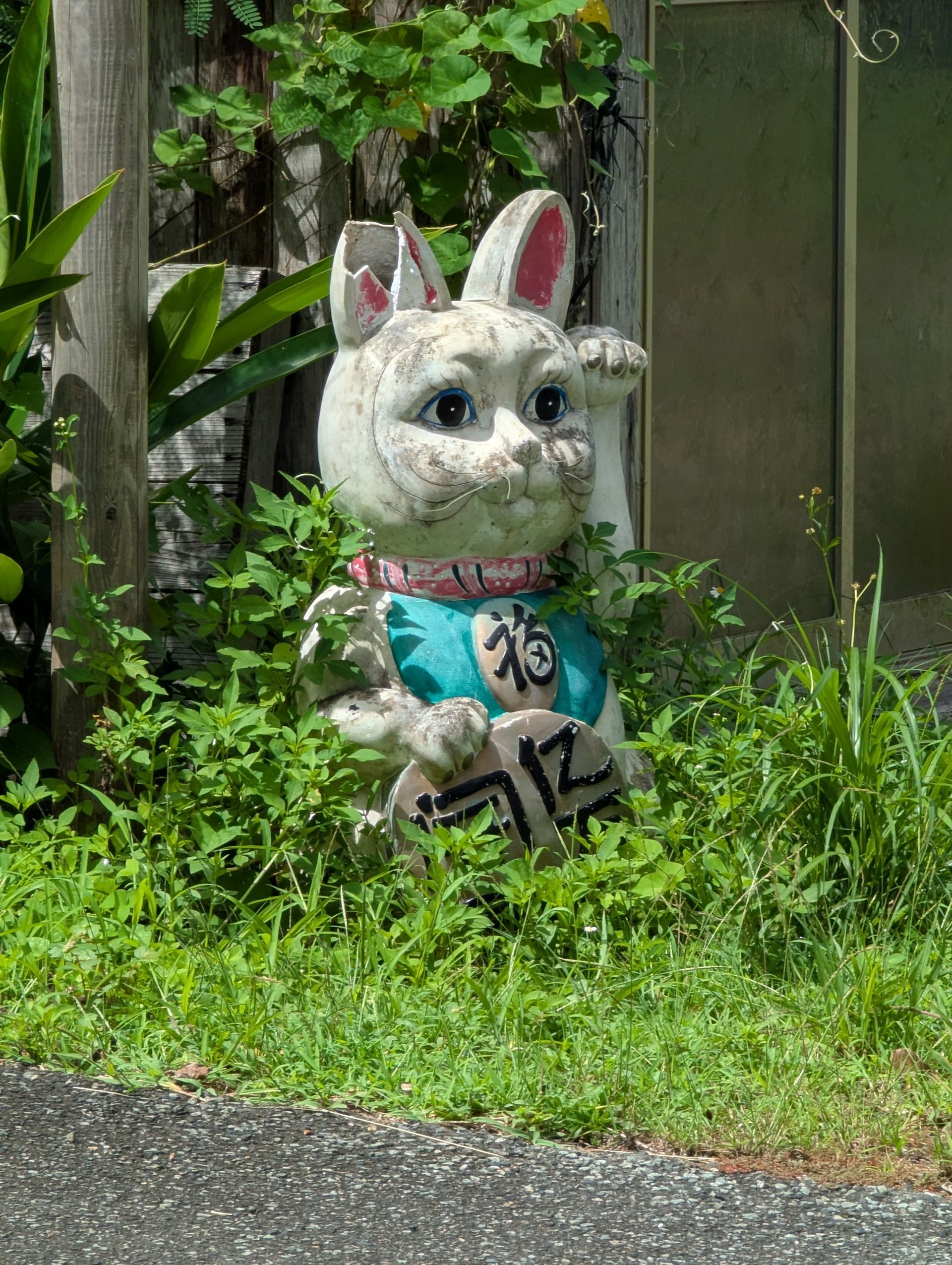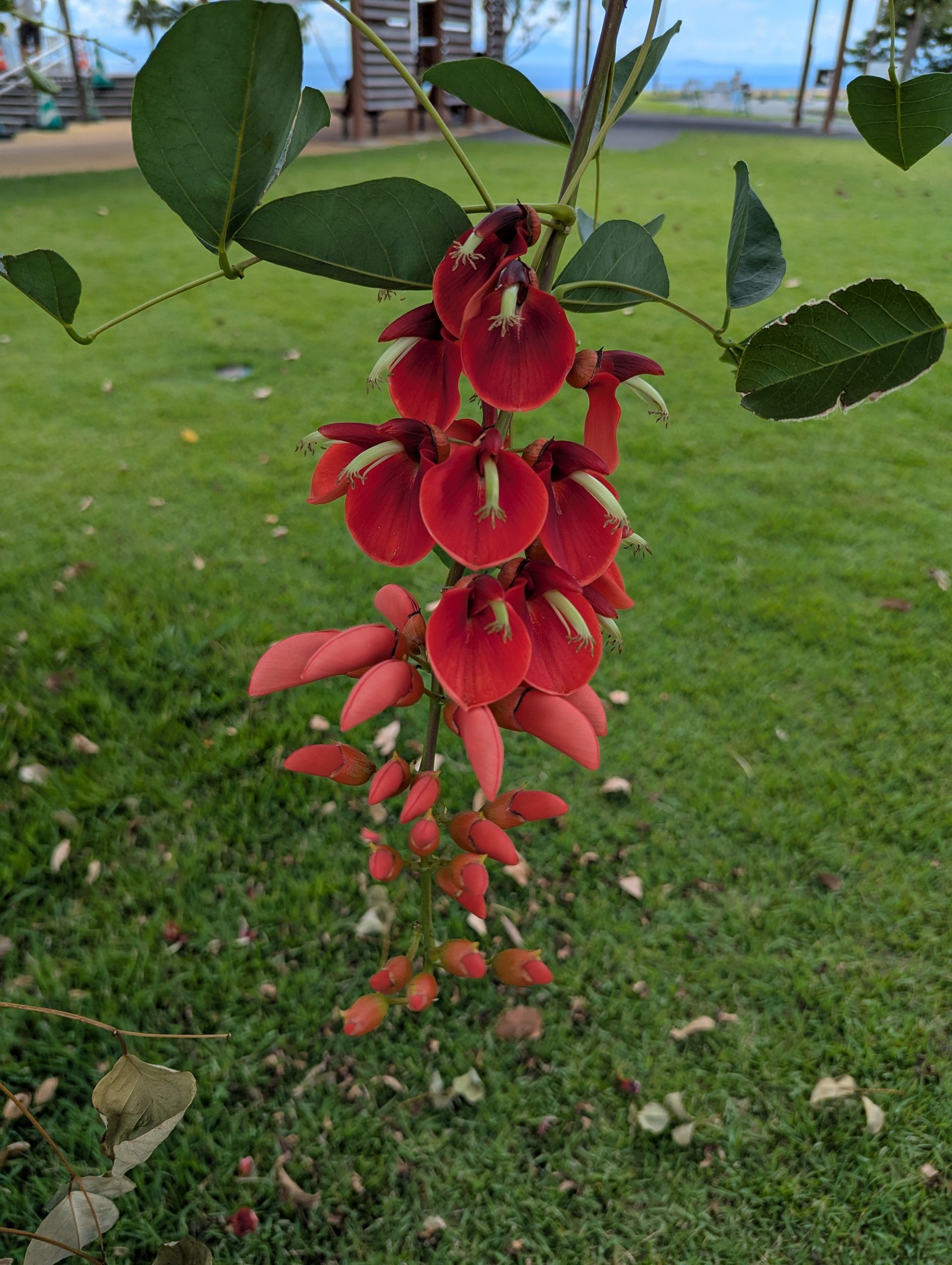Green Roof Proposal to ROC/Meridian by the Thomas Circle Go-Green Group
 Maudine Cooper, Jareta Coyle, Gloria Davidson, Jewell and Guido Fenzi, Joan Fletcher, Harriet Fulbright, Renee Gier, Sam Goekjian, Tina Hobson, Carmel and Fred Jordan, Jim LaMare, Johnny Lane, Barbara Lucas, Nana McIntosh, Sarah McMeans, Dail Moore, Robert Murphy, Ellen Overton, Marcie Simon, Jim Ward, Judy Werdel and Bill Wooby.
Maudine Cooper, Jareta Coyle, Gloria Davidson, Jewell and Guido Fenzi, Joan Fletcher, Harriet Fulbright, Renee Gier, Sam Goekjian, Tina Hobson, Carmel and Fred Jordan, Jim LaMare, Johnny Lane, Barbara Lucas, Nana McIntosh, Sarah McMeans, Dail Moore, Robert Murphy, Ellen Overton, Marcie Simon, Jim Ward, Judy Werdel and Bill Wooby. 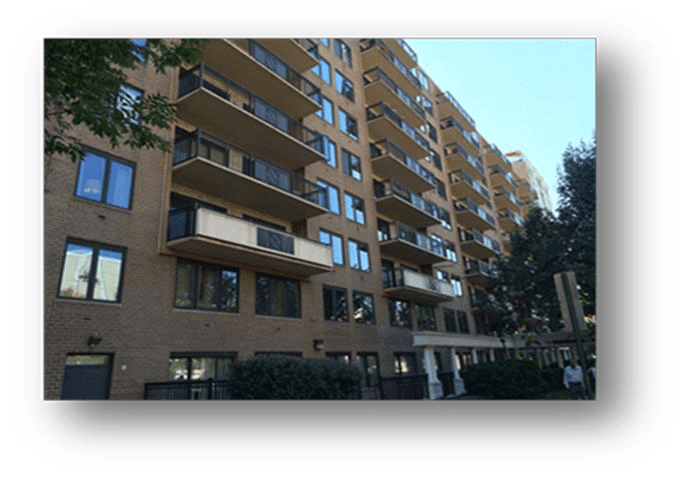
JANUARY6, 2016
OUR GREEN ROOF TEAM
-
TinaHobson,SamGoekjianandHarrietFulbright Thomas Circle Residents’ Go-Green Group
-
Brendan Doyle, Georgetown University, Masters in Professional Real Estate Program
-
The Washington Architectural Foundation
-
Constance Whitaker Maffin Memorial Fund
-
Eliza Beth Engle, Geier Brown Renfrow Architects
-
Brian Uher and Zachary Pogue ECORE Living, Georgetown University, Masters in Professional Real Estate Program
-
The Washington Architectural Foundation
- Constance Whitaker Maffin Memorial Fund
- Eliza Beth Engle, Geier Brown Renfrow Architects
- Brian Uher and Zachary Pogue ECORE Living
OUR GREEN ROOF REHABILITATION PROPOSAL
- Maximize new uses and profitability of Thomas Circle rooftop; add value within the next seven years; add “Rooftop Living” to Thomas Circle amenities; align with ROC Seniors Housing environmental policy.
- Replace roof during 2016-2017 with new multi-purpose area, rooftop memory care and assisted living space, green roof, solar- heated hot water and additional amenities such as: food and beverage service, music, gardening, yoga, outdoor fireplace and fountain.
CONTINUED: OUR GREEN ROOF REHABILITATION PROPOSAL
- Proposal is based on: Condo owner and tenant preferences; Community health and livability; Sustainability (carbon footprint, air quality, water quality, daylighting, energy-efficiency etc.); Financial: costs, revenues, payback period, Internal rate of return; Long-term asset value and marketability
- Proposal consists of four elements:
- replace present roof and configuration
- include rooftop improvements
- convert roofing to “green roof”, living wall and solar hot water
- add additional amenities
Design Plan
1. Existing Roof
- Future roof replacement is within budgeted reserves
- Green Roof Team/TREMCO reports (2013-2014): need new 17,400 sq.ft. roof by late 2016-early 2017; fix leaks and masonry; address drainage.
- Total estimated cost: $610,800 ($35/sq.ft.)* Hard costs: $590,000
- Roof membrane and supplies
- Masonry Repairs
- Crane rentals/demo/dispose old roofing
Softcosts: $20,800
- Consultants: final design and engineering, landscape architect, project manager, legal, etc.
- Permits/studies: Building permit, storm water mgmt. plan
- O&M: 2-year warranty; $3600/year thereafter
*As of March, 2015
- Capitol Seniors Housing Refinance Report (2012):
3. Roof Improvements
Total Estimated Cost: $719,028 Hard costs: $688,228
- Non-slippery Roof Pavers
- Glass Security Railing and Gate/Flashing
- Interior Renovation
- Additional Storage
- Security Cameras
- Telephone/intercom systems
- Emergency pull cords in the bathrooms
- Indoor drinking H20 fountain
- ADA pool lift
- ADA ramp from East Door
Soft costs: $30,800
- A&E/project management • Permits/legal
- O&M: $1000/year
4. GreenRoof(LivingWall,SolarHotWater,Gardening)
Total Costs: $394,933* Hard Costs: $369,933
- Green Roof and Living Wall
- Greenhouse and planters
- Solar Thermal Hot H20 panels
- Bee-keeping
Soft Costs: $25,000
- Permits, inspection fees, SRC fees
- A&E, LA, consultants/project management fees
- Legal/transaction costs/certifications
- O&M: $3300/month
Less reimbursements:
Rebate Yr 3: $173,930
Sell SRCs Yr 6: $21,621 (@$2.27/SRC)
Net cost: $199,382
*Does not include hard costs for solar hot water system provided by Nextility under self-financed contract.
Value of system $141,400
10 year gas bill savings $18,518-797-3377 year savings $108,000
Donovan House Hotel next door
TOTAL Estimated Cost: $54,245 Hard Costs: $52,245
- Rooftop Memory Care/Assisted Living Space
- Multi-Purpose Area
- Outdoor/rooftop furniture and shade sails
- Planters & hanging baskets
- Lighting
- Big screen TV/movie projection
- Live entertainment
- Rooftop Pub with Food/Bevs
- Outdoor fireplace & Fountain
- Meditation and Yoga classes
- Physical Education
Soft Costs: $2000
- Aides/instructors/labor (?)
- Food/Bev service/labor (?)
- O&M
“Going-Green” is a Win-Win-Win
Environment:
- Reduces air and water pollution
- Shrinks carbon footprint
- Aligns with ROC Seniors Housing policy
Economic:
- Reduces water and gas bills: $2300-2700/year
- Increases Net Operating Income $3-5K per year
- Adds value; market advantage
Community well-being:
- Thomas Circle first sustainable retirement community in DC
